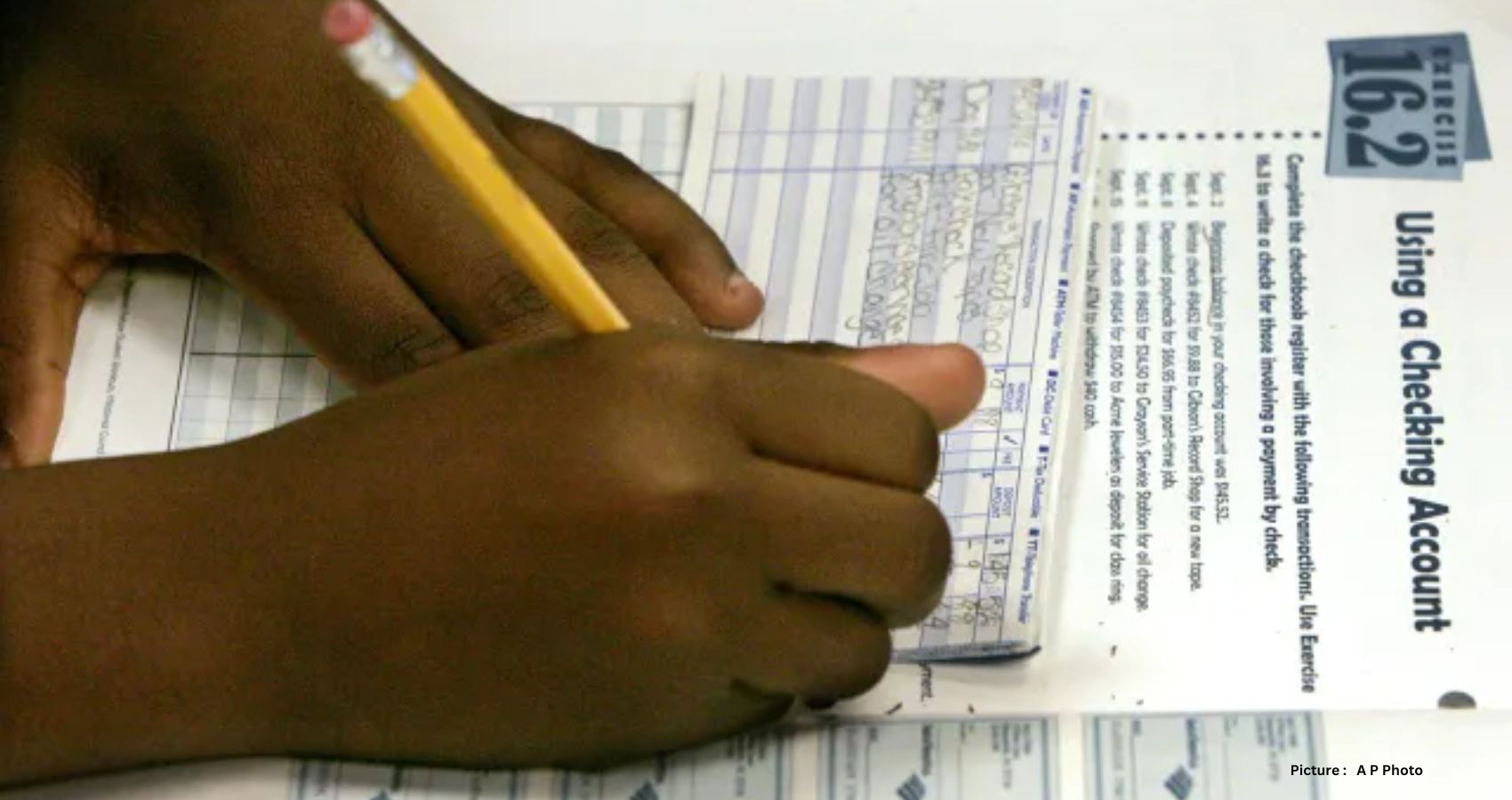In recent years, there has been a notable increase in the number of states requiring high school students to take financial literacy classes. These courses cover essential topics such as budgeting, saving, and managing debt. According to a “report card” from the Center for Financial Literacy at Champlain College in Vermont, only seven states—Alabama, Iowa, Mississippi, Missouri, Tennessee, Utah, and Virginia—earned an A grade. This means they require students to complete a semester-long personal finance course or its equivalent. In contrast, five states received an F, indicating they have “virtually no requirements” for personal finance education in high school.

The report also predicts a positive trend, stating that 23 states are projected to receive an A grade by 2028. This increase in financial education offerings is partly due to the pandemic, which highlighted the importance of household financial stability and income equality. John Pelletier, the center’s director, noted that “Things got turbocharged after the pandemic.” Additionally, higher inflation and the resumption of student loan payments have intensified concerns about managing personal finances.
Addressing Financial Disparities
There is growing concern about financial disparities among racial and ethnic groups. A survey conducted in 2021 by the FINRA Investor Education Foundation revealed that 39% of Black adults reported having “too much” debt, compared to about a third of American adults overall. The survey also found that Black and Hispanic adults are less likely to have an emergency fund to cover three months of expenses in case of job loss or illness. Requiring all students to take a financial literacy course could help reduce such inequality, according to Mr. Pelletier.

Public Support for Financial Education
Carly Urban, a professor of economics at Montana State University, mentioned that while discussions about the content of financial literacy courses can be divisive, state legislators are increasingly supporting high school financial instruction. A 2022 poll from the National Endowment for Financial Education revealed that most American adults want their states to require a semester- or year-long financial course for high school graduation. Many also expressed regret for not having been required to take such a course themselves.
Effectiveness of High School Financial Education
Over the years, questions have arisen regarding the effectiveness of high school financial literacy classes. However, recent research cited in the Champlain College report sheds light on their benefits. Dr. Urban stated that high school financial instruction “overwhelmingly” improves credit scores, lowers loan delinquency rates, and reduces the use of risky services like payday lending. It also encourages more students to opt for low-interest college financing over high-interest loans and increases repayment rates for first-generation students and those from low-income families.
However, a study by Dr. Urban and Melody Harvey, an assistant professor at the University of Wisconsin-Madison, found no impact on eventual retirement savings. Dr. Urban suggests that for teenagers heading to college or entering the workforce, the concept of retirement may seem too distant. Therefore, classes should prioritize topics that are more “immediately relevant” to teenagers, such as budgeting, long-term debt, and credit.

Real-World Success Stories
Christopher Jackson, a personal finance teacher at Da Vinci Communications high school in El Segundo, California, shared his experience of students becoming enthusiastic about saving in Roth individual retirement accounts (IRAs) once they understood the concept of compound interest. He advises his students to open Roth IRAs at 18, rather than waiting until after college. One of his students has already saved $14,000.
Sebastian Torres, a 19-year-old 2022 graduate of Da Vinci Communications, praised Mr. Jackson’s class for helping him plan for both college and retirement. “I really didn’t know about 401(k)s before Mr. Jackson spoke about it,” he said. “I 100 percent think it was worthwhile.”
When Should Financial Education Take Place?
The Center for Financial Literacy report suggests that personal finance topics are most relevant in 11th or 12th grade, just before students begin managing their own living expenses. It recommends teaching these concepts shortly before students face financial independence, whether through employment or attending college.
How Financially Literate Are Americans?
According to the 2023 Personal Financial Index report from the TIAA Institute and the Global Financial Literacy Excellence Center, American adults demonstrate a “generally poor” level of financial literacy. The survey asks 28 personal finance questions, and on average, adults correctly answered about half of them in 2023. Americans struggle particularly with understanding risk. The report emphasizes that improving financial literacy is crucial, as people with low financial literacy are more than four times as likely to have difficulty making ends meet in a typical month.
Conclusion
Financial literacy is an essential life skill that can significantly impact individuals’ financial well-being and overall quality of life. With a growing number of states recognizing its importance and incorporating it into high school curricula, there is hope for a more financially savvy future generation.
As Mr. Jackson puts it, “You can’t play the money game if you don’t know the rules.” Therefore, it is crucial to equip our young people with the knowledge and skills they need to make informed financial decisions throughout their lives.




Thanks for sharing this article.
2.4.24
Good evening